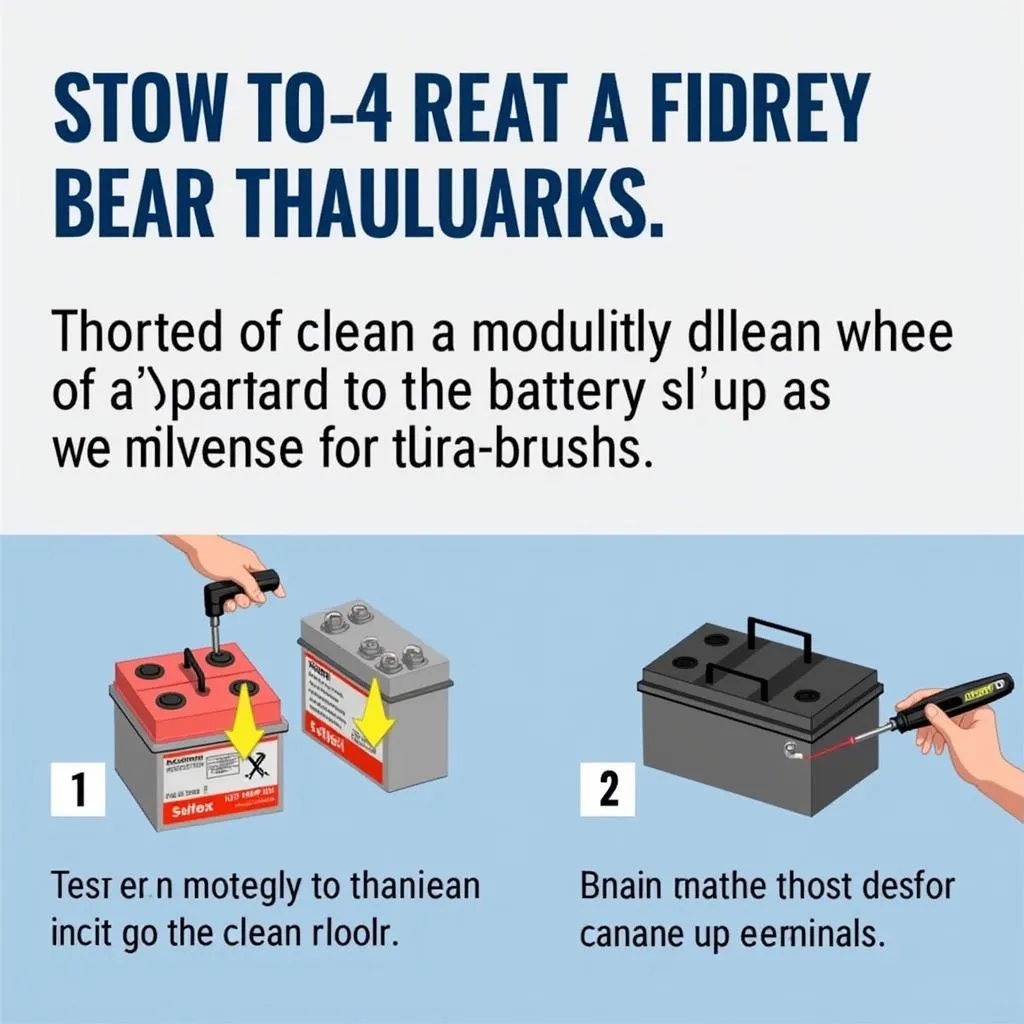Understanding the Pitching Machine Battery: A Comprehensive Guide
October 9, 2024Pitching machines are crucial for both budding and seasoned baseball players. They provide consistent throws, allowing batters to hone their skills without the need for a live pitcher. However, like any other piece of equipment, a pitching machine’s performance hinges on its battery. In this comprehensive guide, we delve deep into the world of pitching machine batteries, equipping you with the knowledge to choose the perfect power source for your training needs.
Types of Pitching Machine Batteries
Choosing the right battery is paramount to ensure optimal performance and longevity of your pitching machine. Let’s explore the two main types:
1. Lead-Acid Batteries
Lead-acid batteries are the workhorses of the pitching machine world. They are known for their reliability and ability to deliver high currents required for powerful pitches. Within this category, you’ll find two options:
- Flooded Lead-Acid: These batteries are cost-effective and widely available. They require regular maintenance, including checking electrolyte levels.
- Sealed Lead-Acid (SLA): SLAs are maintenance-free, making them a convenient option. They are also spill-proof, enhancing safety.
2. Lithium-Ion Batteries
Lithium-ion batteries are gaining popularity for their lightweight design and longer lifespan compared to their lead-acid counterparts. They boast a higher energy density, meaning they can store more power for their size.
- Advantages: Lighter, longer-lasting, and faster charging times.
- Considerations: Lithium-ion batteries are generally more expensive than lead-acid options.
Factors to Consider When Choosing a Pitching Machine Battery
Navigating the world of pitching machine batteries can seem overwhelming, but understanding these key factors can guide you to the ideal choice:
- Voltage: Ensure the battery voltage matches your pitching machine’s requirements. Using an incompatible voltage can damage the machine.
- Ampere-Hour (Ah) Rating: A higher Ah rating translates to a longer runtime on a single charge. If you plan on extended practice sessions, prioritize batteries with a higher Ah rating.
- Weight: Consider the portability factor. Lithium-ion batteries are a lighter option, making them easier to transport.
- Lifespan: Lithium-ion batteries generally offer a longer lifespan, reducing the frequency of replacements.
- Price: Lead-acid batteries are generally more affordable upfront. However, factor in the potential long-term cost savings and convenience of lithium-ion batteries.
Maintaining Your Pitching Machine Battery
Proper maintenance can significantly extend your battery’s lifespan and ensure consistent performance. Here are some essential tips:
- Charging: Follow the manufacturer’s charging guidelines. Overcharging or undercharging can damage the battery.
- Storage: Store the battery in a cool, dry place when not in use. Avoid extreme temperatures.
- Cleaning: Periodically clean the battery terminals with a wire brush to prevent corrosion.
 Maintaining Your Pitching Machine Battery
Maintaining Your Pitching Machine Battery
Troubleshooting Common Pitching Machine Battery Issues
Even with meticulous care, you might encounter some hiccups. Here’s a rundown of common issues and how to address them:
- Battery Not Holding Charge: This could indicate a failing battery. Try fully charging the battery. If the problem persists, it might be time for a replacement.
- Machine Not Turning On: Check the battery connections. Loose or corroded connections can disrupt power flow.
- Shortened Runtime: If you notice a significant decrease in runtime, the battery might be nearing the end of its lifespan.
Conclusion
Selecting the right Pitching Machine Battery is crucial for a seamless and effective training experience. By understanding the different types, considering key factors, and following proper maintenance practices, you can ensure your pitching machine is always ready to deliver that perfect pitch. Remember, a well-maintained battery translates to more hours on the field, honing your skills and elevating your game.
Frequently Asked Questions
1. Can I use a car battery to power my pitching machine?
While it might seem tempting, it’s not recommended. Car batteries are designed for different power delivery needs and can damage your pitching machine.
2. How long does it take to charge a pitching machine battery?
Charging times vary depending on the battery type and charger. Refer to the manufacturer’s guidelines for specific instructions.
3. How do I dispose of an old pitching machine battery?
Pitching machine batteries contain chemicals and should be disposed of responsibly. Contact your local recycling center or hazardous waste facility for proper disposal guidelines.
4. Can I leave my pitching machine battery plugged in all the time?
It’s generally not recommended to leave batteries plugged in for extended periods, as it can lead to overcharging and reduce their lifespan.
5. What are the signs of a failing pitching machine battery?
Signs include a significantly reduced runtime, the machine not turning on, or the battery not holding a charge even after a full charge cycle.
We hope this guide has provided valuable insights into the world of pitching machine batteries. Should you require further assistance, our dedicated team is just a call away! Contact us at [Phone Number] or email us at [Email Address]. You can also visit us at [Your Address]. We’re available 24/7 to address your queries and provide expert advice.